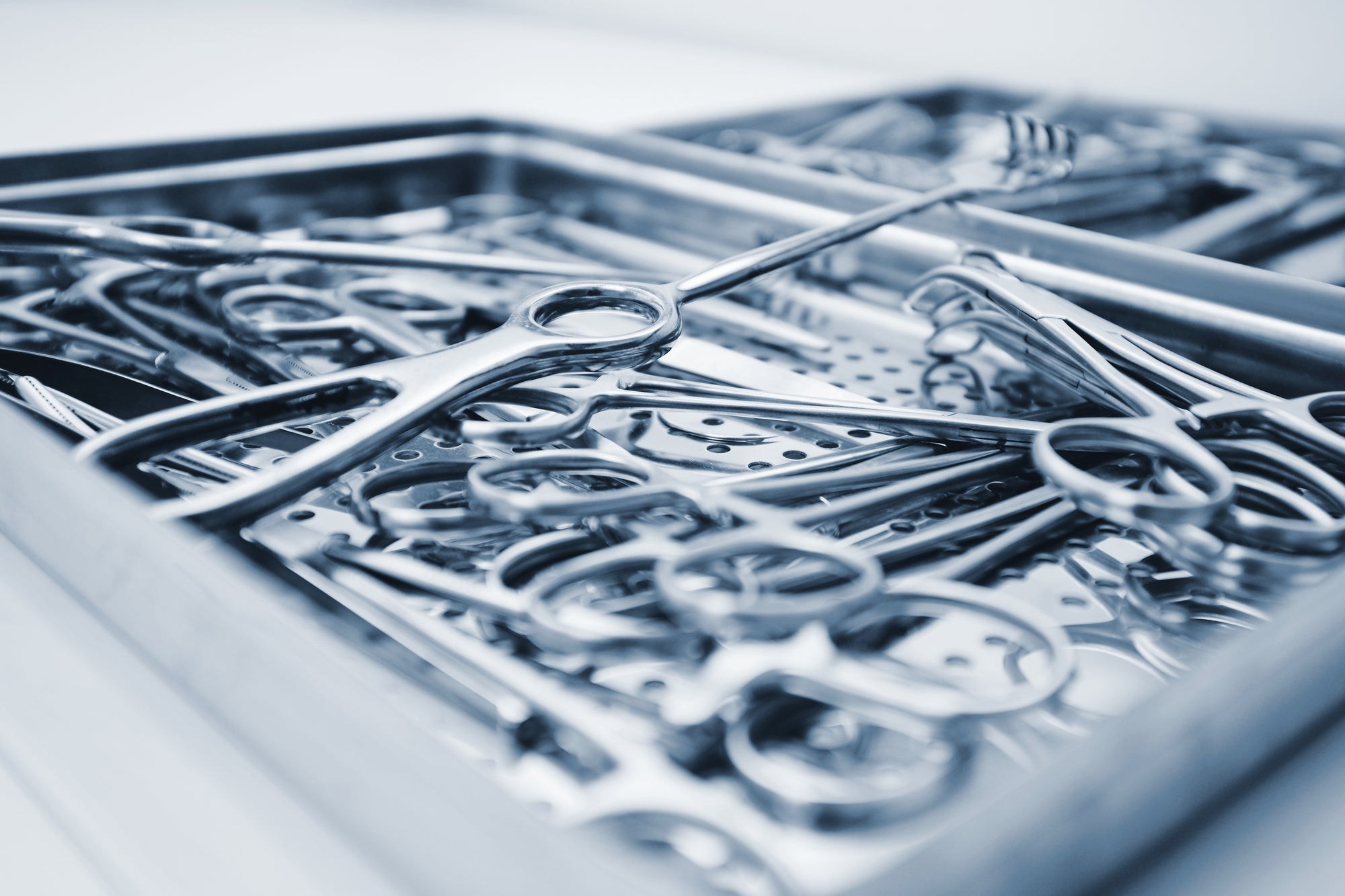

· By Trevor Horne
The Different Types of Surgical Scissors (And Their Various Uses)
Surgical scissors are an essential tool in any medical procedure, particularly in surgeries. They come in a variety of shapes and sizes, each designed for specific uses depending on the type of tissue being cut. Choosing the right surgical scissors is crucial to ensure a successful surgical outcome, and knowing the different types available can help medical professionals make informed decisions. In this article, we will explore the various types of surgical scissors and their uses to provide a comprehensive understanding of these critical instruments.
1. Stainless Steel
First and foremost, it is essential to recognize that surgical scissors are typically made of stainless steel. This material is preferred in the medical field because it is durable, easy to clean, and resistant to corrosion and rust. Additionally, stainless steel offers excellent tensile strength, making it able to withstand the pressure and force required during surgical procedures.
2. Tungsten Carbide
Tungsten carbide is a type of metal commonly used in surgical instruments due to its hardness and durability. It is a combination of tungsten and carbon and is known for its resistance to wear and corrosion. Tungsten carbide instruments are often used for cutting and dissecting tissues during surgery and are also used in dental and orthopedic procedures. The material is also used in the manufacturing of medical implants and prosthetics due to its biocompatibility and resistance to corrosion.
3. Titanium
Titanium is another popular material used in surgical scissors due to its strength, durability, and biocompatibility. It is often used in orthopedic surgeries and dental implants due to its ability to integrate with bone tissue. Titanium is also lightweight and has a low density, making it easy for surgeons to handle and maneuver during procedures. Additionally, titanium is resistant to corrosion and can withstand high temperatures without losing its structural integrity.
4. High-Carbon Stainless Steel
High-carbon stainless steel is a type of steel that contains a high percentage of carbon, making it harder and more durable than regular stainless steel. This type of steel is often used in surgical instruments that require a sharper edge, such as scissors used for cutting through tough tissues. High-carbon stainless steel also offers excellent resistance to corrosion and rust, making it a popular choice for surgical instruments that need to be sterilized frequently.
The Different Types of Surgical Scissors
There are various types of surgical scissors, each designed for specific purposes. Here are some of the most common types:
1. Operating Scissors
These are general-purpose scissors used for cutting through soft tissues, such as skin, muscle, and fascia.
2. Iris Scissors
These have small, delicate blades that are ideal for the precise cutting of fine tissues, such as those in ophthalmic and plastic surgeries.
3. Metzenbaum Scissors
These are longer and more slender than operating scissors and are used for delicate dissection and trimming of tissues, such as in neurosurgery and microsurgery.
4. Mayo Scissors
These have a longer, thicker blade than operating scissors and are used for cutting through tougher tissues, such as cartilage and fascia.
5. Bandage Scissors
These have a blunt tip and a curved blade and are used for cutting through bandages, dressings, and other materials without injuring the patient.
6. Stitch Scissors
These have a small, pointed tip and a sharp blade for cutting through sutures and removing stitches.
7. Tenotomy Scissors
These have a short, pointed blade and are used for cutting through tendons and ligaments.
8. Littauer Scissors
These are specifically designed for removing sutures and have a small hook on one blade for gripping and lifting the suture thread.
Conclusion
Surgical scissors are an essential tool in various surgical procedures. The different types of surgical scissors are designed to meet specific needs and requirements, depending on the nature of the surgical procedure. Surgeons must have a thorough understanding of the different types of surgical scissors and their uses to deliver optimal results, reduce the risk of complications, and ensure patient safety.
It is also crucial to maintain surgical scissors' proper handling and care to extend their lifespan and prevent damage or contamination. Overall, the use of appropriate surgical scissors enhances surgical precision, efficiency, and safety, ultimately improving patient outcomes.
If you are looking for different types of surgical scissors, look at what ProNorth Medical has in store for you. Come and get the equipment you need today!
- Choosing a selection results in a full page refresh.
- Press the space key then arrow keys to make a selection.
Your cart -
Your cart is currently empty.
